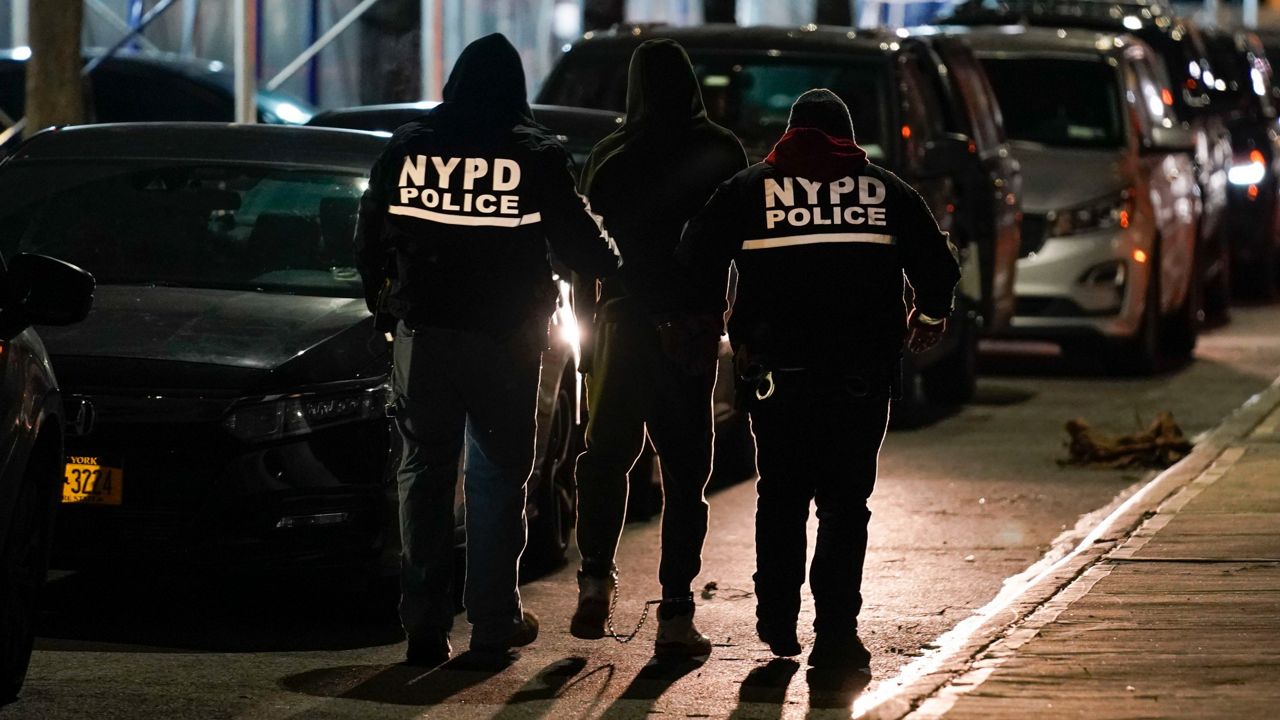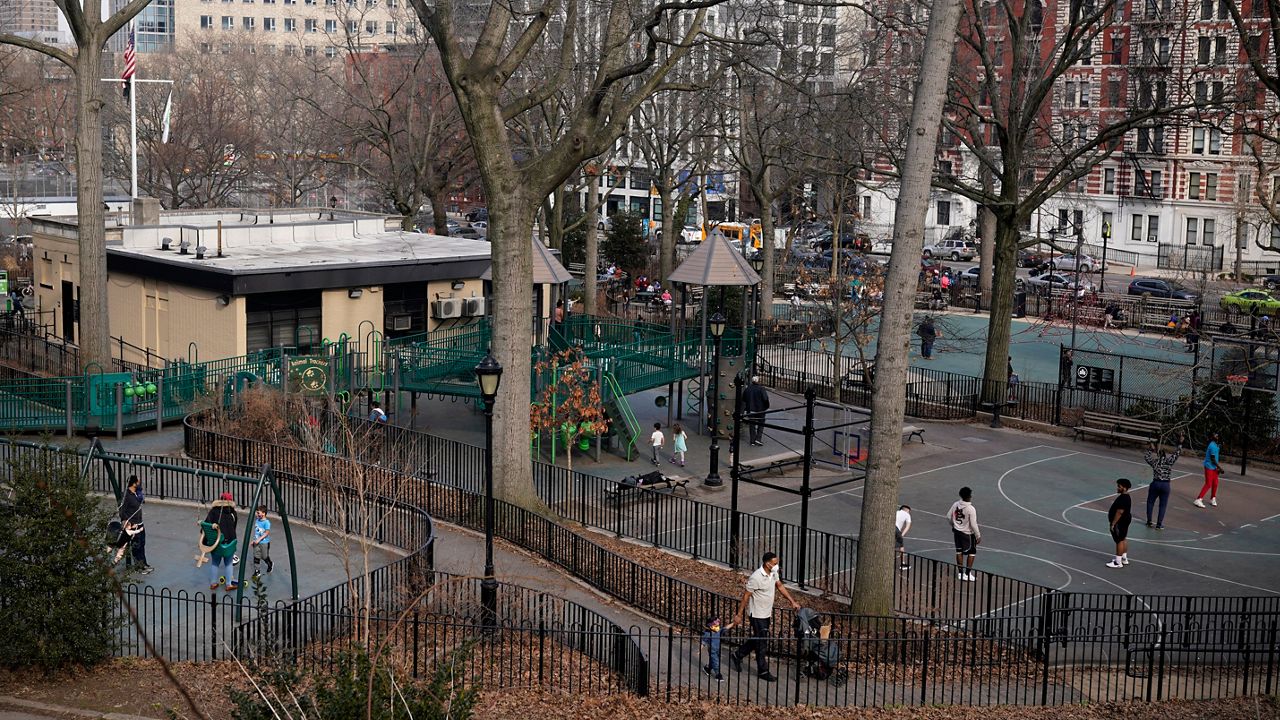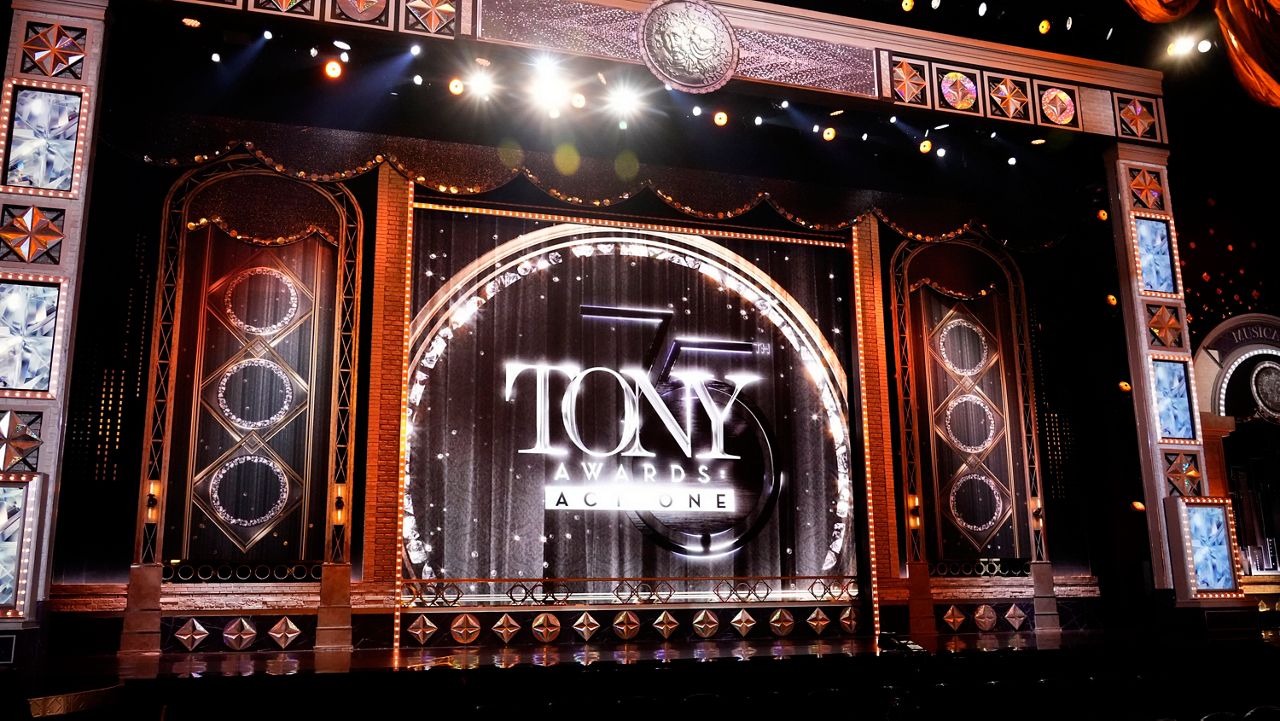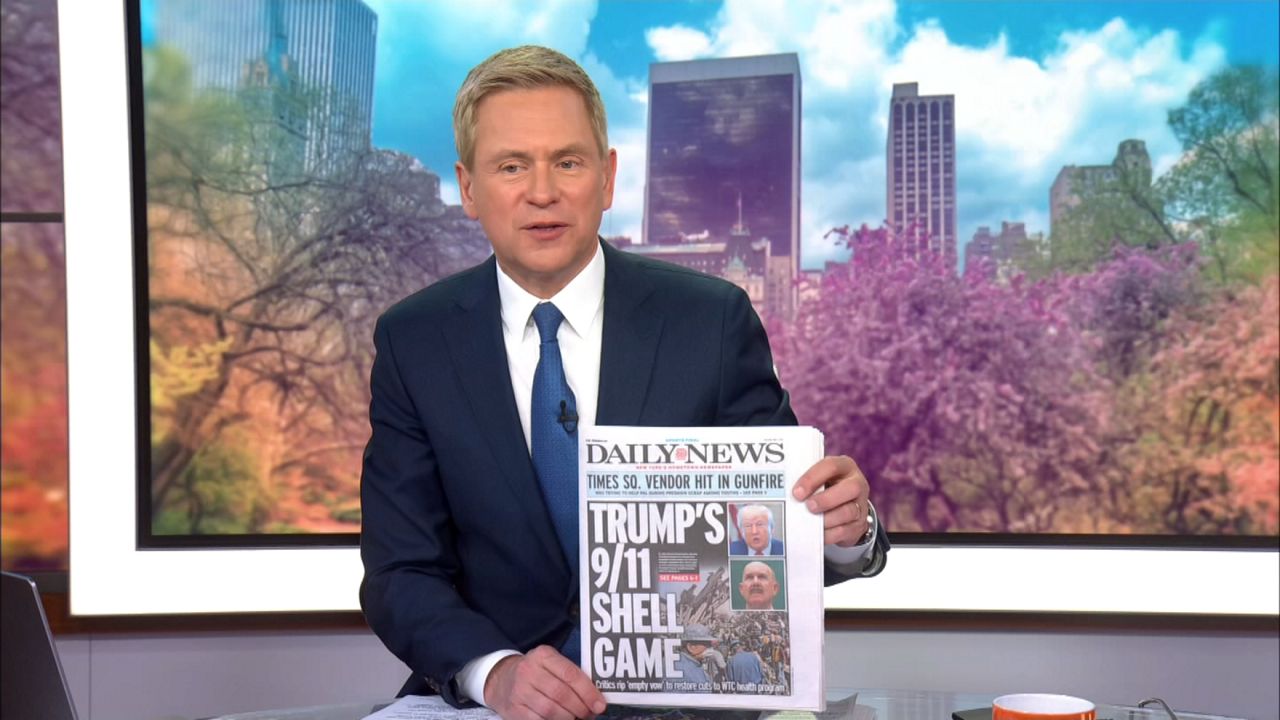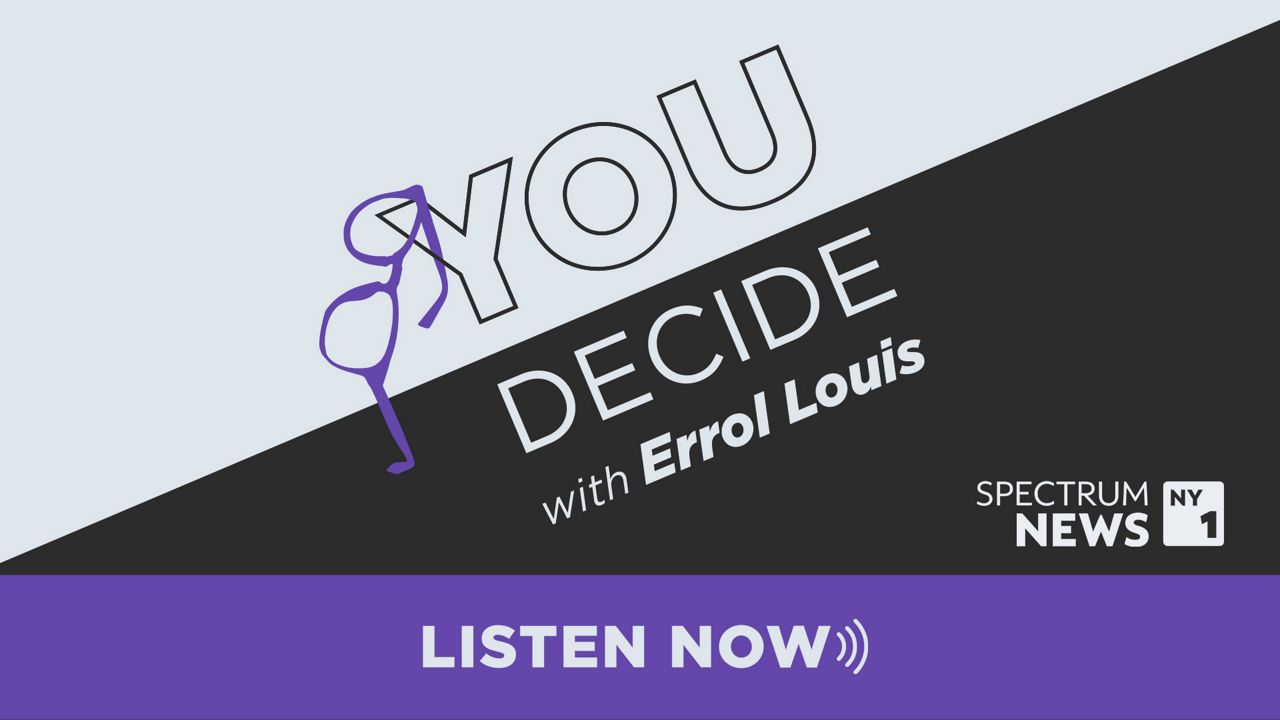Newly compiled precinct-level data of shooting incidents show stark trends in gun violence in New York City: Even as the five boroughs experience an overall rise in shootings, some historic hotspots are seeing a marked decrease from the 2020 crime spike, while other areas continue to see more shootings.
In the wake of the pandemic, cities across the world have seen jumps in violent crime. In New York City, that has translated to high profile hate crimes, attacks on public transit and rising gun violence.
On a borough-to-borough level, however, and even between neighboring precincts, shootings are trending in different directions.
In Brooklyn, where precincts in the northern part of the borough have historically seen high levels of gun violence, shootings spiked high in 2020, then declined markedly in 2021 and year-to-date in 2022.
In the Bronx and upper Manhattan, the spike from 2020 has continued, with some precincts seeing some of the city’s highest per-capita rates of shootings.
In Queens, changes to shootings have been mixed. The two precincts covering the Rockaways have seen decreases from 2020 to 2021 — trends that largely continue into this year, according to police data in CompStat.
Yet in eastern Queens, Jamaica has seen a steady decrease, while the precincts covering Rosedale, Floral Park, Ozone Park and St. Albans have all seen slight increases.
On Staten Island, shootings were up in 2021 compared with the 2020 spike in the northern part of the island, while the western part of the borough saw a drop.
The reasons for precinct-to-precinct differences in shooting trends are many, according to law enforcement officials, academics, violence interrupters and activists. Prosecutors credit takedowns of youth street crews with declining violence in Brooklyn; and activists point to the varying degrees of impact of the pandemic and overlap with ongoing crises like opioid addiction as likely culprits in exacerbating violent crime.
“The things that cause crime to go up and down are largely societal, structural,” said Jeffrey Butts, a professor at John Jay College of Criminal Justice. “It’s about employment, poverty rates, drug abuse, types of drug being abused, neighborhood conditions.”
Brooklyn saw a sharp rise in shootings in 2020, only to see a drop of just over 20% in 2021. To date this year shootings are down in the borough when compared with 2021, according to police data available on CompStat, even as they remain elevated over pre-pandemic years.
Brownsville — policed by the 73rd precinct — saw the city’s highest per capita shooting rate in 2020, at nearly 98 shootings for every 10,000 people, according to precinct population estimates prepared for WNYC and based on U.S. Census data. Yet in 2021 shooting incidents dropped nearly 18%, a sizable change that nevertheless left the area among the city’s worst-hit for gun violence last year.
Next door, the 75th precinct, covering much of East New York, saw a 30% drop in shootings, from 102 to 71, from 2020 to 2021. Shootings there are down slightly year-to-date for 2022.
Out of 23 Brooklyn precincts, all but three saw shooting incidents decline or stay flat. Bushwick was a notable exception, seeing shootings go from 12 in 2020 to 28 in 2021.
In the Bronx, however, 2021 had more than 30% more shooting incidents than even the prior year’s spike — with some of the worst-hit precincts seeing even greater jumps.
The 42nd precinct, which includes Claremont Village and Crotona Park, saw 2021 shootings climb by nearly 50%, to 69 shootings per 10,000 people — the second-highest per capita rate in the city last year.
Only one precinct in the Bronx — the 46th precinct, which includes Morris Heights — saw a drop in shootings in 2021, down just under 7% compared with 2020. Shootings there year-to-date are up this year.
In Manhattan, every precinct above 110th Street saw shootings either rise or stay flat, with Harlem and Washington Heights seeing some of the worst increases.
This data was compiled from year-end crime reports from the New York Police Department.




